Pitching wireless lavalier microphone systems in the B2B distribution market requires clarity, confidence, and a...
Wired vs Wireless Lavalier Microphones: Which One Is Better for OEM Production?
In today’s competitive audio equipment market, choosing the right product configuration is key for success in Original Equipment Manufacturing (OEM). Whether you're a brand sourcing custom audio components or a startup building your first product line, deciding between a wired vs wireless mic setup is a critical decision. Particularly when it comes to lavalier microphones — the discreet, hands-free audio solution widely used in broadcasting, vlogging, events, and more — the lavalier OEM design needs to align with evolving consumer needs. This article presents a detailed audio solution comparison between wired vs wireless mic types to help OEM manufacturers determine the best option for their custom product lines.
Understanding the Lavalier Microphone in OEM Context
Before diving into the wired vs wireless mic debate, it’s important to understand what a lavalier OEM microphone is. A lavalier (or lapel) mic is a small, clip-on microphone ideal for hands-free speech recording. Its OEM customization typically includes:
- Connector type (TRS, TRRS, XLR, USB-C)
- Frequency response range
- Cable length or wireless range
- Power source configuration (phantom power, battery, or USB)
- Capsule design and sensitivity
In an audio solution comparison, OEMs must not only consider user preference but also technical feasibility and long-term durability in mass production.
Wired Lavalier Microphones: Pros and Cons for OEM
✅ Advantages of Wired Lavalier Mics
When it comes to reliability and simplicity, wired vs wireless mic comparisons often show that wired lavaliers are the dependable workhorses of audio recording. Here’s why OEMs often favor wired builds:
1. Consistent Signal Quality
Wired microphones offer stable audio transmission, which minimizes interference and dropout — a huge benefit in high-stakes broadcast or live environments.
2. Cost Efficiency for OEM
Wired lavalier OEM configurations are generally cheaper to produce, as they don’t require additional components like transmitters or receivers.
3. Battery-Free Design
A wired lavalier doesn’t need internal power, making it lightweight and maintenance-free — ideal for plug-and-play use.
4. Simpler Compliance & Testing
Wired designs face fewer RF-related regulatory hurdles in global markets, making international OEM distribution easier.
❌ Disadvantages of Wired Lavalier Mics
Despite these strengths, the wired vs wireless mic comparison reveals some drawbacks:
- Movement Restrictions: The cable limits freedom of movement, making it less ideal for dynamic video shoots or stage performances.
- Cable Management: Long cables can become tangled or noisy, requiring added components like cable clips or strain relief in your OEM design.
Wireless Lavalier Microphones: Pros and Cons for OEM
✅ Advantages of Wireless Lavalier Mics
In a modern audio solution comparison, wireless lavaliers are gaining popularity — especially with mobile content creators and online educators. Here’s why many lavalier OEM buyers are shifting toward wireless models:
1. Mobility & Freedom
No wires mean your subject can move freely without being tethered, ideal for interviews, stage events, and walk-and-talk videos.
2. Clean Aesthetic
Without visible cables, wireless lavaliers maintain a cleaner appearance on camera — a growing demand in commercial and promotional video.
3. Flexible Integration
Many wireless lavalier OEM kits now integrate with mobile phones, DSLRs, and live-streaming software, expanding your product's use case.
❌ Disadvantages of Wireless Lavalier Mics
However, wireless comes with complexity:
- Signal Interference: Depending on the RF band used, wireless systems can suffer from signal dropouts, especially in crowded or urban environments.
- Battery Dependence: Wireless mics require regular charging or battery replacement, which increases end-user maintenance and OEM design effort.
- Higher BOM Cost: For lavalier OEM manufacturers, adding wireless components increases material cost and QC complexity.
Wired vs Wireless Mic for OEM: A Component-Level Breakdown
To assist in your audio solution comparison, here’s a side-by-side look at the core elements in lavalier OEM configurations:
Feature | Wired Lavalier OEM | Wireless Lavalier OEM |
Transmission | Analog or digital via cable | RF/UHF/Bluetooth |
Power Source | None or low voltage phantom | Battery or rechargeable |
End-user Use Case | Studio, conference, education | Vlogging, interviews, field reporting |
Production Cost | Lower | Higher |
OEM Testing | Easier to certify globally | Requires RF compliance (FCC/CE) |
Durability | Higher with fewer points of failure | Moderate, battery and RF units are vulnerable |
This wired vs wireless mic matrix can guide decisions on whether your OEM line should emphasize one type or offer both as a product family.
Trends in Lavalier OEM Development
As global audio markets shift post-pandemic, the demand for hybrid, cross-platform audio solutions is rising. According to current audio solution comparison data:
Remote education tools and podcasting kits favor wired lavaliers for consistent audio.
Live streaming and mobile journalism are driving wireless lavalier OEM growth.
Multi-device compatibility is becoming a top priority — from USB-C to Lightning to XLR.
OEM manufacturers are advised to design with modularity in mind: detachable cables, upgradeable transmitter packs, and dual-mode systems (wired/wireless toggle) can make your product line stand out.
Customization Tips for Lavalier OEM Products
Whether you choose wired vs wireless mic, your lavalier OEM configuration should focus on the following elements:
1. Capsule Quality
Use a unidirectional or omnidirectional capsule depending on the target use case. Sensitivity and noise floor must be tuned to the product tier.
2. Connector Versatility
Offer optional adapters or modular connector tips for compatibility with a wide range of devices — especially for wireless kits.
3. Form Factor & Color Options
A matte black body may be ideal for stage use, while a beige or skin-tone option may be preferred in broadcast.
4. Branding Possibilities
OEM buyers want their own logo and packaging. Make sure your production lines support silk screening, laser engraving, and eco-friendly packaging options.
Which Lavalier OEM Path Is Right for You?
Ultimately, the choice between wired vs wireless mic for OEM production depends on your brand’s focus:
Targeting cost-sensitive markets or educational contracts? Go wired.
Focusing on content creators, journalists, or influencer kits? Wireless is the trend.
However, offering both options in a cohesive product family — with matching accessories and packaging — maximizes reach. A dual-approach OEM strategy supported by a reliable audio solution comparison matrix can help you win across multiple segments.
Final Thoughts: Optimize for Market, Not Just Hardware
The wired vs wireless mic debate will continue to evolve, especially with new technologies like Wi-Fi 6, 2.4GHz digital systems, and app-integrated audio controls. Your success in lavalier OEM production depends not just on choosing the right components, but also on offering adaptability, aesthetic finesse, and customer-centered design.
A successful audio solution comparison is one that helps your clients win. Whether you're targeting mass retail, private-label clients, or custom creators, ensuring your lavalier microphones are robust, compliant, and market-ready is the best way forward in OEM manufacturing.
Ready to launch your next OEM microphone line? Contact our factory experts to develop a custom lavalier OEM solution that suits your brand — wired, wireless, or both.
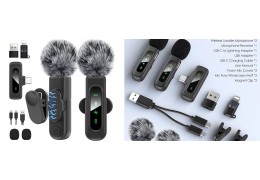

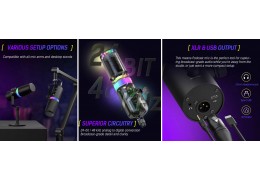

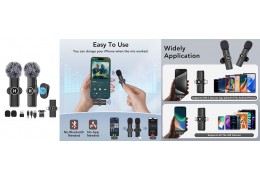


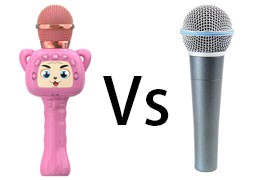



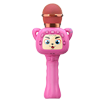

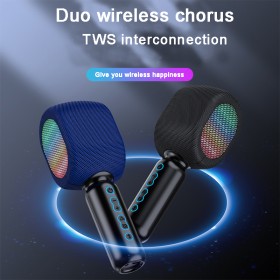
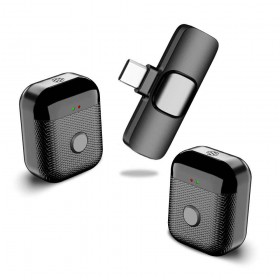


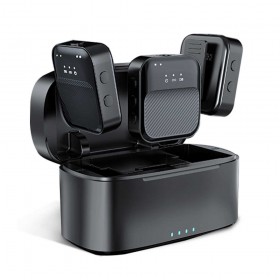
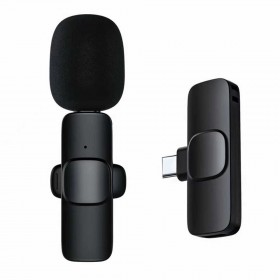
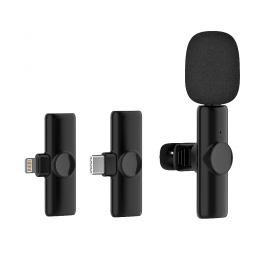
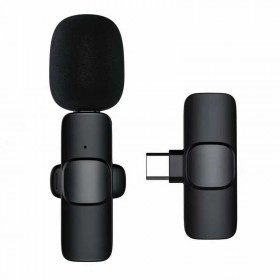
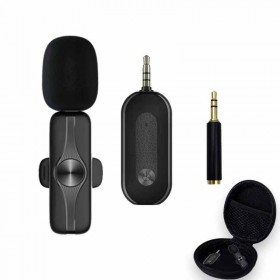
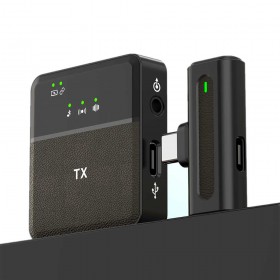
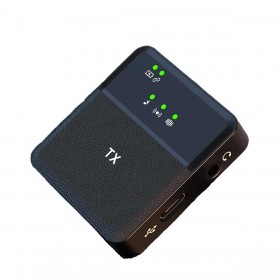


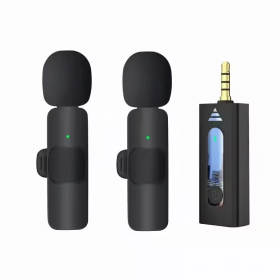
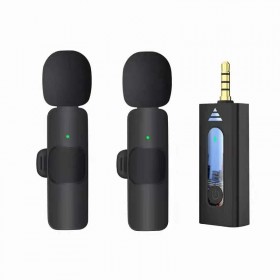

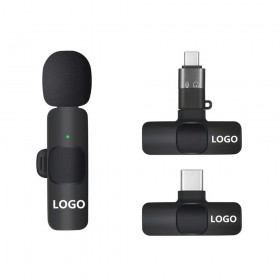
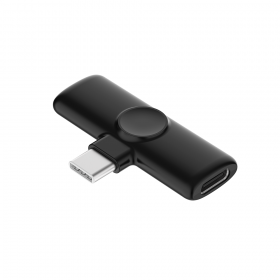
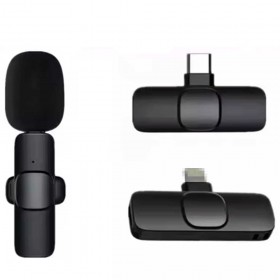
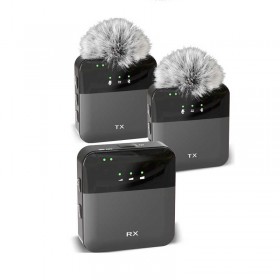
Latest comments